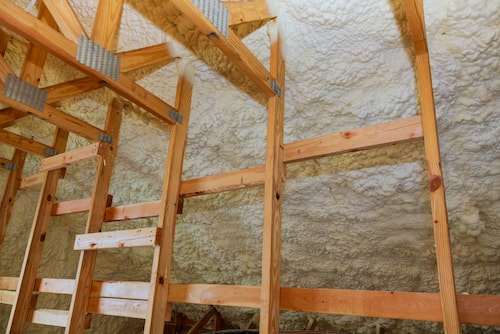Rise to TikTok Stardom – Strategies to Gain Followers in a Year
Achieving TikTok stardom within a year requires a blend of creativity, consistency, strategic planning, and community engagement. To begin, it is essential to understand the platform’s dynamics and the type of content that resonates with its diverse audience. TikTok thrives on authenticity and creativity, so aspiring influencers should focus on creating unique, engaging, and relatable content. Leveraging trending sounds, hashtags, and challenges can significantly boost visibility. However, it is crucial to put a personal twist on these trends to stand out from the crowd. Consistency is key to maintaining and growing a follower base on TikTok. Posting regularly keeps your content fresh in the minds of your audience and signals the algorithm to promote your videos more frequently. Developing a content calendar can help maintain this consistency. It is also beneficial to identify the best times to post based on when your target audience is most active. Tools like TikTok’s analytics can provide insights into your followers’ activity patterns, helping to optimize your posting schedule.

Engagement with your audience is another critical factor in building a strong following. Responding to comments, participating in popular trends, and collaborating with other TikTok creators can enhance your visibility and foster a sense of community around your content. Live streaming is a particularly effective way to engage with followers in real-time, allowing for direct interaction and immediate feedback. This not only strengthens your relationship with existing followers but also attracts new ones. Optimizing your profile is equally important. A well-crafted bio, a recognizable profile picture, and links to other social media platforms can make your profile more attractive to potential followers. Additionally, utilizing TikTok’s features such as the For You page can significantly increase your reach. This page showcases content tailored to users’ interests, and getting featured here can lead to a substantial increase to pay for tiktok followers. To improve your chances, focus on creating high-quality, shareable content that encourages interaction.
Marketing your TikTok account across other social media platforms can also drive follower growth. Sharing your TikTok videos on Instagram, Twitter, and Facebook can attract your existing followers from these platforms to your TikTok account. Cross-promotion not only broadens your reach but also helps in building a cohesive brand image across different social media channels. Understanding and analyzing your performance metrics is essential for sustained growth. Regularly reviewing your analytics helps identify which types of content perform best and why. This data-driven approach allows you to refine your content strategy, focusing on what works and eliminating what does not. Tools like TikTok’s analytics provide valuable insights into video performance, audience demographics, and engagement rates.
Lastly, staying updated with TikTok’s ever-evolving features and trends ensures that your content remains relevant and engaging. The platform frequently updates its algorithms and introduces new tools and effects. Keeping abreast of these changes and adapting your content accordingly can give you a competitive edge. In summary, rising to TikTok stardom within a year requires a strategic approach that combines creative content, consistent posting, active engagement, and effective use of analytics. By understanding the platform’s nuances and leveraging its features, aspiring influencers can build a substantial and loyal follower base.
 You might wonder about the chemical stability of spray foam over time. Initially, the foam can emit gases for a period ranging from hours to days, depending on the formulation and installation conditions. During this curing phase, proper ventilation is critical to minimize your exposure to harmful chemicals. Even after curing, some off-gassing can continue, albeit at lower levels, potentially impacting indoor air quality for an extended period.
You might wonder about the chemical stability of spray foam over time. Initially, the foam can emit gases for a period ranging from hours to days, depending on the formulation and installation conditions. During this curing phase, proper ventilation is critical to minimize your exposure to harmful chemicals. Even after curing, some off-gassing can continue, albeit at lower levels, potentially impacting indoor air quality for an extended period.